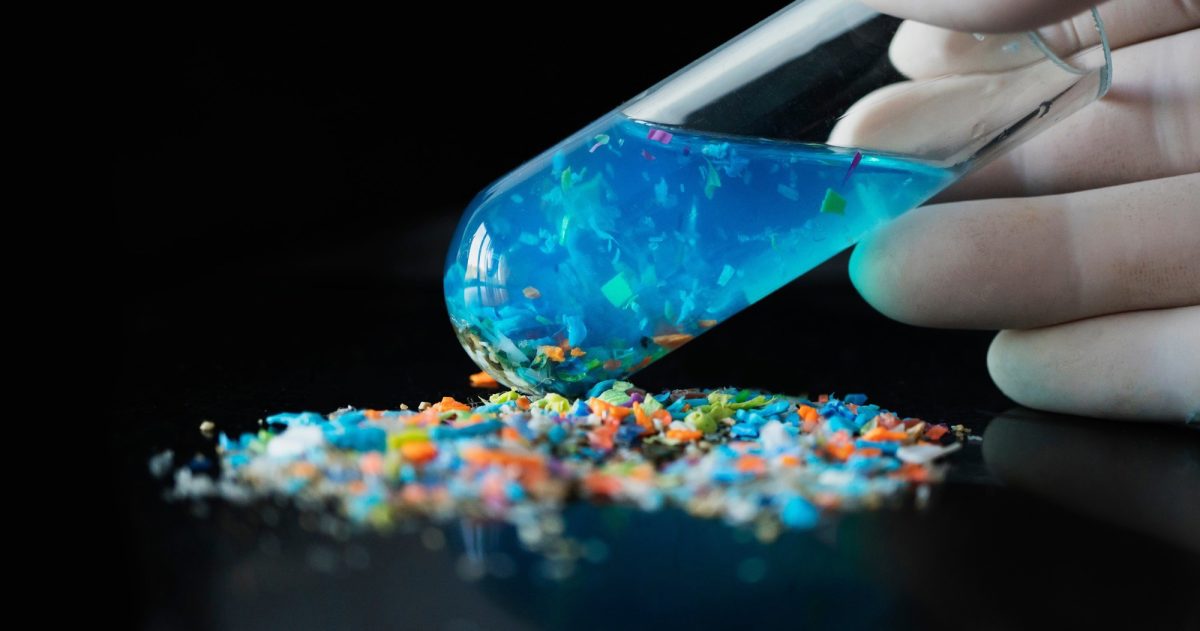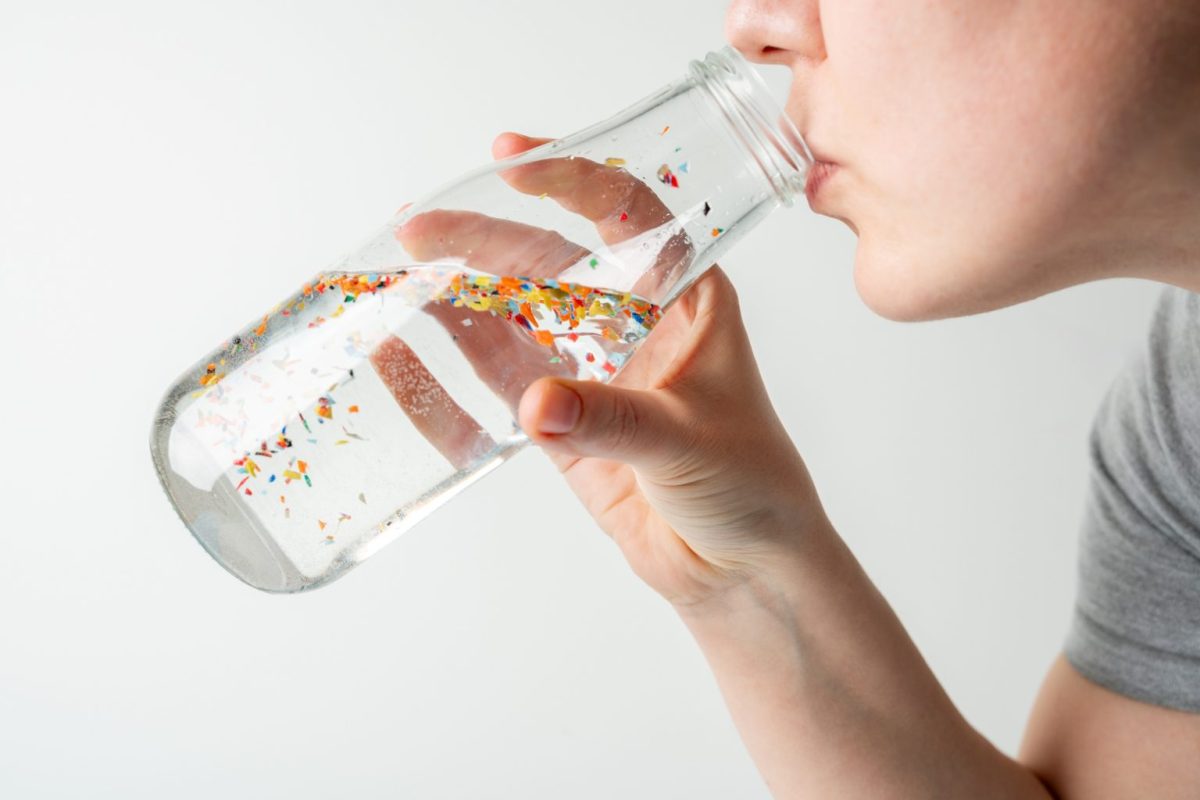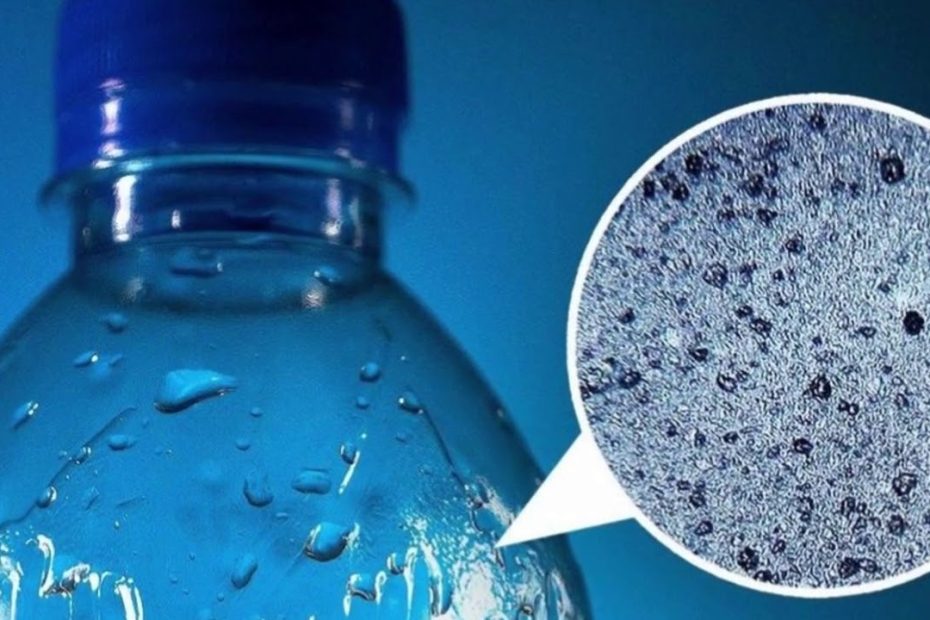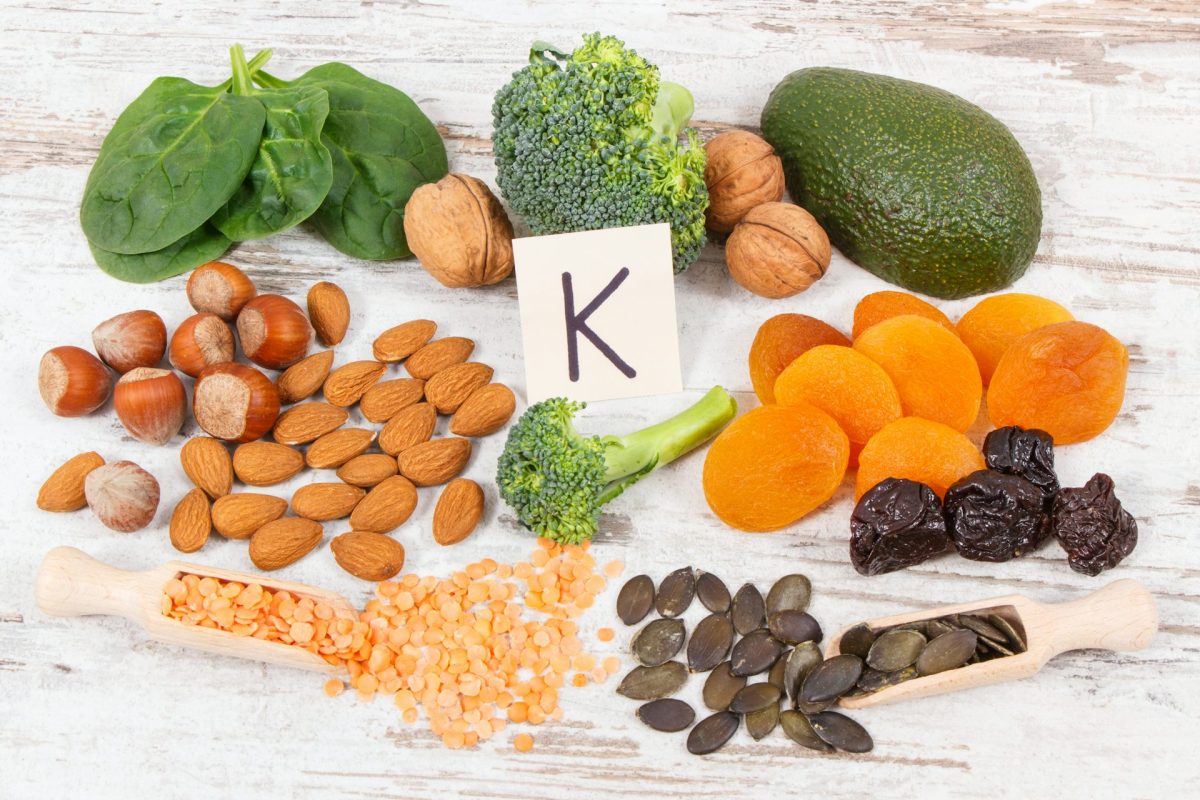Recent research, consulted by Women’s Health, highlights the substantial difference in plastic particles present in this drink depending on the packaging and encourages us to rethink our daily hydration habits.
Drinking bottled water in plastic containers can add up to 90,000 microplastic particles to a person’s annual diet, according to a recent study released by Women’s Health and published in the Journal of Hazardous Materials.
The finding is surprising given the magnitude of daily exposure to these invisible contaminants, present in a habit as common as hydrating. Health and environmental experts are already sounding the alarm: they warn that we are living with potential and little-studied risks every time we open a bottle of water.

The study: methods and main findings
The international team of scientists reviewed more than 140 articles to estimate how much microplastic a person ingests through bottled water. The analysis revealed that the average person can consume between 39,000 and 52,000 particles per year.
However, those who regularly choose bottled water in plastic can consume up to 90,000 additional particles compared to those who choose tap water. Those responsible for the study highlight the urgency of strengthening regulations and controls on microplastics present in single-use packaging, as well as further research into their real effects.
The release of microplastics into bottled water is associated with various physical processes related to the use of packaging. Celeste Meiffren-Swango, state director of Environment Oregon and head of Environment America’s Beyond Plastics campaign, explained to Women’s Health that everyday actions such as opening and closing the cap (mechanical stress) cause wear and tear on the threads and the cap itself, releasing plastic particles that end up in the water.
In addition, repeated use, squeezing the bottle, or exposing it to sunlight intensifies the release of microplastics. A report cited by the expert reveals that a single litre of bottled water can contain up to 240,000 plastic fragments.
Factors such as prolonged storage and contact with high temperatures also increase microplastic contamination in water. These fragments, less than five millimetres in size, can pass through conventional filtration systems and enter the body, accumulating progressively.
Potential health risks and effects
Despite advances in research, science has yet to reach definitive conclusions about the long-term risks of microplastic ingestion. Jamie Alan, associate professor of pharmacology and toxicology at Michigan State University, told Women’s Health: ‘I don’t think we know enough about the long-term consequences of microplastics to accurately predict the risks.’
However, early evidence points to effects such as lung damage, alterations in the gut microbiome, and the presence of microplastics in key organs, including the brain. Although the clinical implications are not yet fully understood, the finding reinforces the medical community’s concern.
Meiffren-Swango emphasised concerns about chronic inflammation resulting from the ingestion of microplastics. The immune system responds continuously to these foreign particles, which can lead to prolonged inflammatory processes. Chronic inflammation is linked to an increased risk of cardiovascular disease, autoimmune disease, and cancer.
Bottled water is not the only route of exposure. Microplastics are present in food, synthetic textiles, air, and other everyday objects. In fact, microplastic pollution represents a global environmental challenge, as millions of tonnes of plastic break down and end up in rivers and oceans, entering the food chain.

Recommendations and safe alternatives
In the face of scientific uncertainty, experts propose taking precautionary measures. Reducing the use of disposable plastic bottles, preferring tap water when it is safe, and opting for reusable stainless steel or glass containers are recommended practices.
It is advisable to avoid reusing plastic bottles and to store water away from sunlight and heat to minimise the release of plastic particles.
At the societal level, authorities and industry must move forward with regulations to reduce single-use plastics and education campaigns on their impact on health and the environment.
The available scientific evidence justifies reducing the use of disposable plastic containers as a prudent measure to protect both health and the environment, pending research to confirm the magnitude of the risks associated with chronic exposure to microplastics.




